When Jonny Briggs visited the school on 04/07/17 for his workshop he held for us, he set us a task to complete for the next time he visits the school on 18/07/17.
“find five different ways to destroy an image”…
I have chosen to destroy one image form my own personal archive. It is an image I have already experimented with – this being the image of myself and my dad sitting at the breakfast able on a holiday in France wearing similar raglan tops and with identical haircuts! I find this one very amusing because of the obvious similarities between myself and my dad when I younger, but still now that I’m grown up I get told I look lots like my dad.
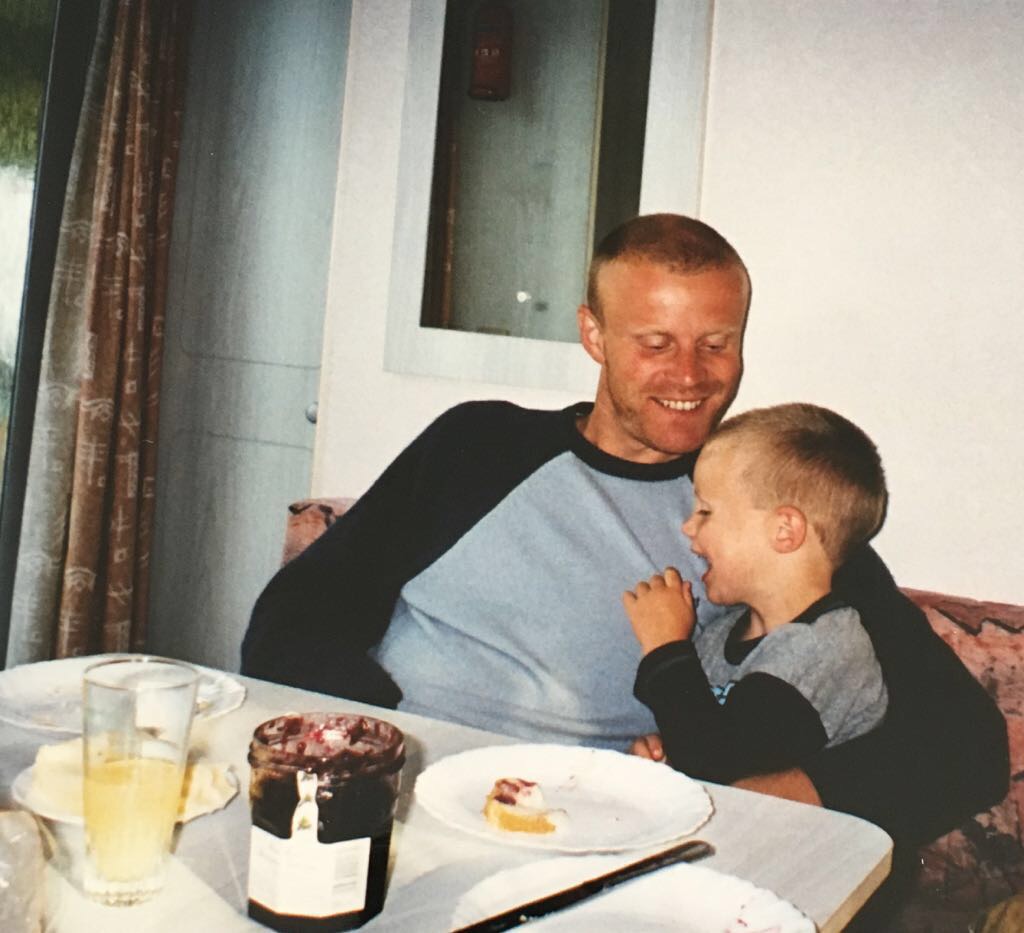
I have already experimented with the image on Photoshop to attempt to alter its look digitally. I do enjoy this method because it allows me to play around with the Photoshop tools and find a weird way to make an image look different. When editing on Photoshop, I found it difficult to let my creativity run wild and my freedom seemed limited because I didn’t really know what I wanted to achieve. I am hoping that when I have the image in front of me physically, I will start gathering ideas as to what I can do to essentially “destroy” it. Therefore, as well as the digital edits, I have printed out around seven copies of the image so I can manually destroy it. I will upload the outcomes from this experiment once complete and explain my thought processes so it is easy to understand why I did it.
Here are the products from my session on Photoshop:
With each edit, I used the same page size and same sized image to show consistency and make a pleasing series of five of the same images it just edited differently. I also chose the same background colour being a faded out black because I felt like this allowed the image to stand out best.
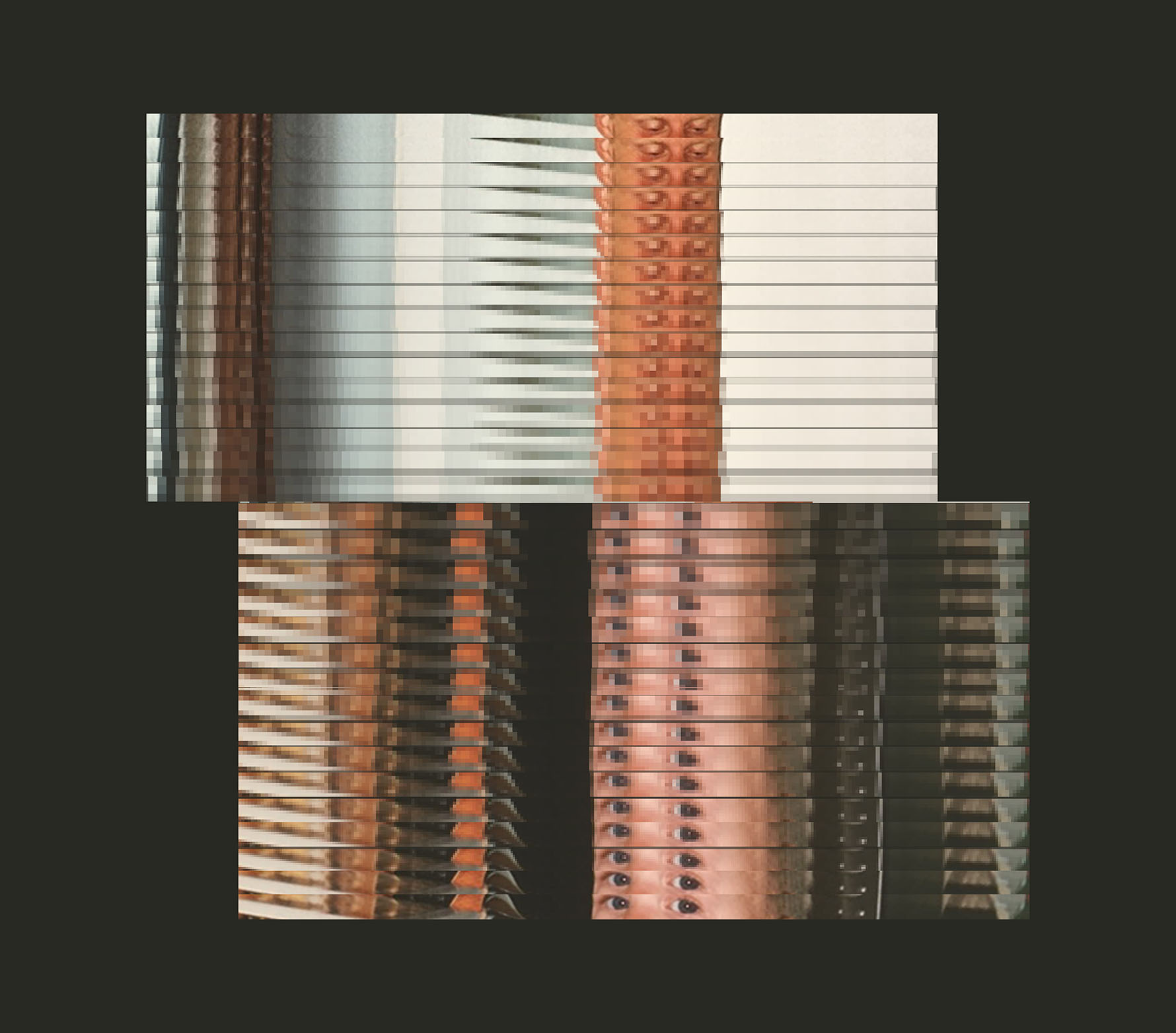
For this edit, I extracted just the eyes from the original image. I wanted to show my understanding of Jonny’s work and attempt to replicate in my own way but following similar styles to what he does. Jonny makes a habit out of using and focusing on the eyes of some his images frequently and he often takes out just the eyes and makes this feature of the subject within the image the focal point which I love because it is so small and can be so easily ignored yet the eyes can hold so much narrative in themselves because emotions are told through your eyes an the way you look at something. However, what Jonny does not do is make an image or a montage out of just the eyes of people. This is what I have done and attempted to make it personal. I taken the eyes of myself in a picture and the eyes of my dad from an image and merged them into one edit. I wanted to create the idea that my dad’s constant gaze down on me from when I was a baby up until I was a young child, to when I became teenager and still now has been a significant part of my upbringing and is for moist children if you have a dominant male figure in your upbringing. His effort to look out for me non-stop is a huge influence for how I have grown up and what I have become and I wanted to show this in my edit yet a gaze can sometimes become very confused and hazed and I wanted to play a trick on the mind – by pixelating the cut-out eyes, the viewers own look becomes confused. I wanted to show that my dad’s gaze has progressively and gradually morphed into mine and as I become older, I begin to look at things the way my dad does. Especially now with a younger sister, my own look has matured as I have to monitor, as a guardian essentially, someone who is so young and innocent, as I used to be. 
With this edit, again focusing on the eyes, I have taken this particular feature out this time. With this edit, I decided to make it more simple and not edit the photo in any way apart from to take the eyes of both myself and my dad out of the frame. This is something Jonny does in his photos and was something I was really drawn to because of its simplicity but complex meaning behind it. I decided to remove the eyes of both subjects because although eyes can tell a million words through the way you look at something or someone – whether it be love or passion or anger etc. I wanted to address the idea that emotions can be so easily ignored and although you may look at someone with love, other gestures, such as your body gestures and your words can play a part in getting across your message. I also anted to see the effect of removing the eyes in this image because they actually play a big part in the story told because my dad is looking down at me, with what I now is love and happiness, however, I am looking away. But we both have a smile on our faces and this is what can show the sense of love.
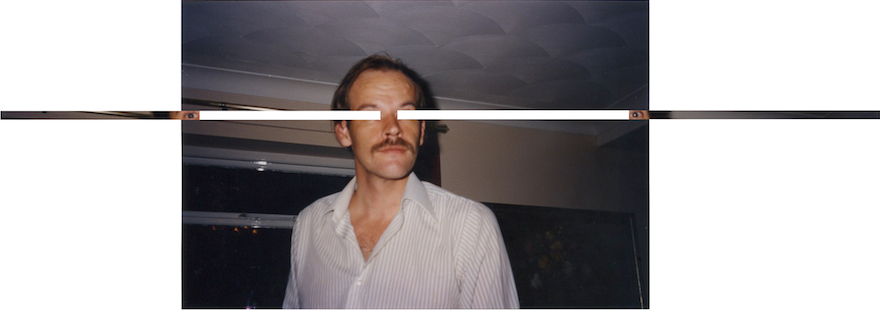
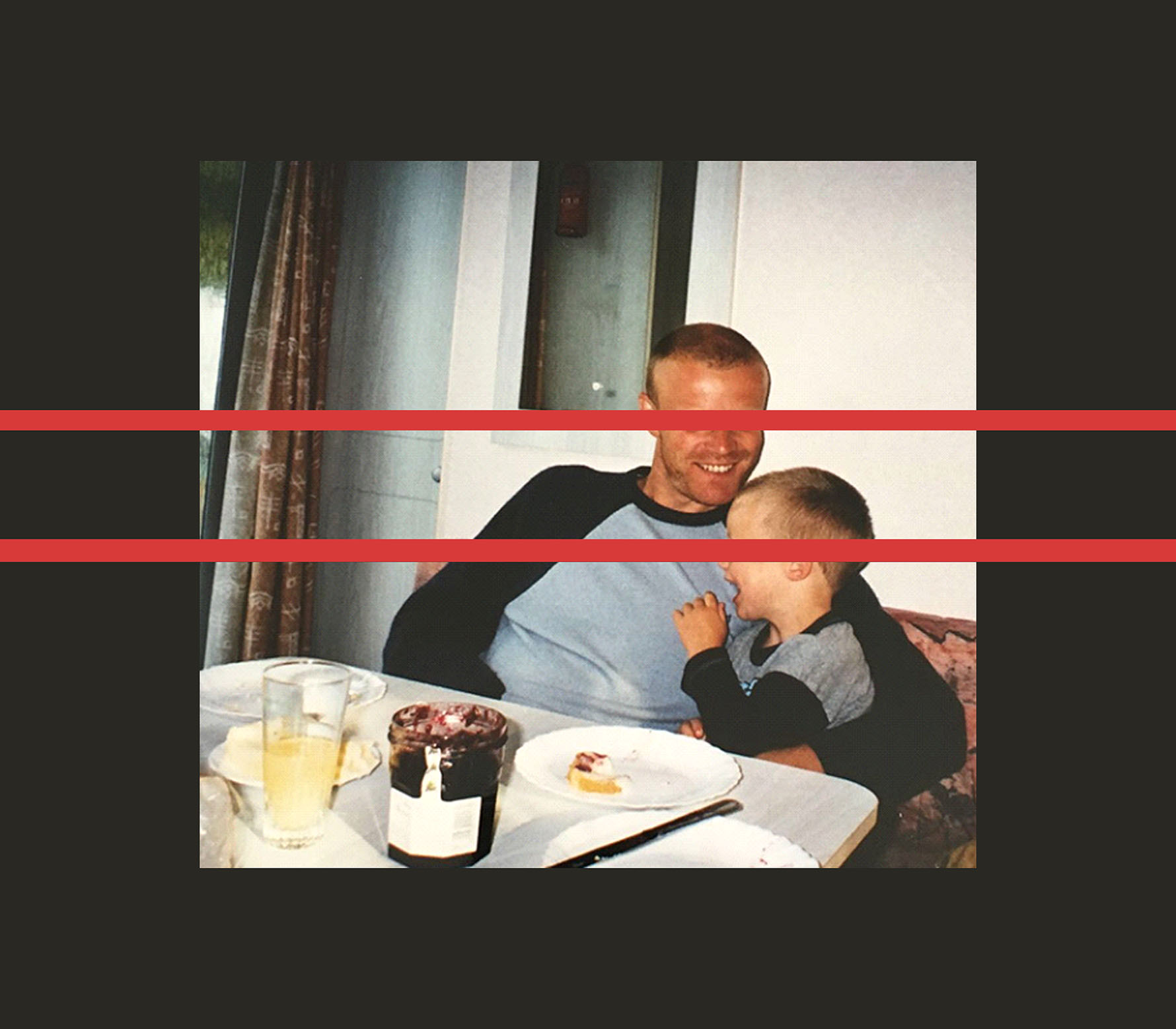
This is the same edit as the one above, however told in a different perspective to get across a different meaning. Where the space was that the eyes originally filled, I have filled this with a red block. The reason I have done this is very simple and was just an addition tot he original edit to show a different narrative. I chose to colour the negative space red because red is an iconic symbol of love and we, most of the time use our eyes as a way of telling someone we love them if it isn’t verbally. This isn’t my favorite edit but I do like it and I have focused on the effect of love and showing this through all my edits – the love that is shown between myself and my dad and how strong and powerful it is – that a relationship can provide happiness – also shown in the photo. The concept of happiness is evident to someone who hasn’t seen the photo but for me, it has a stronger meaning and I connect more so with it which I like. 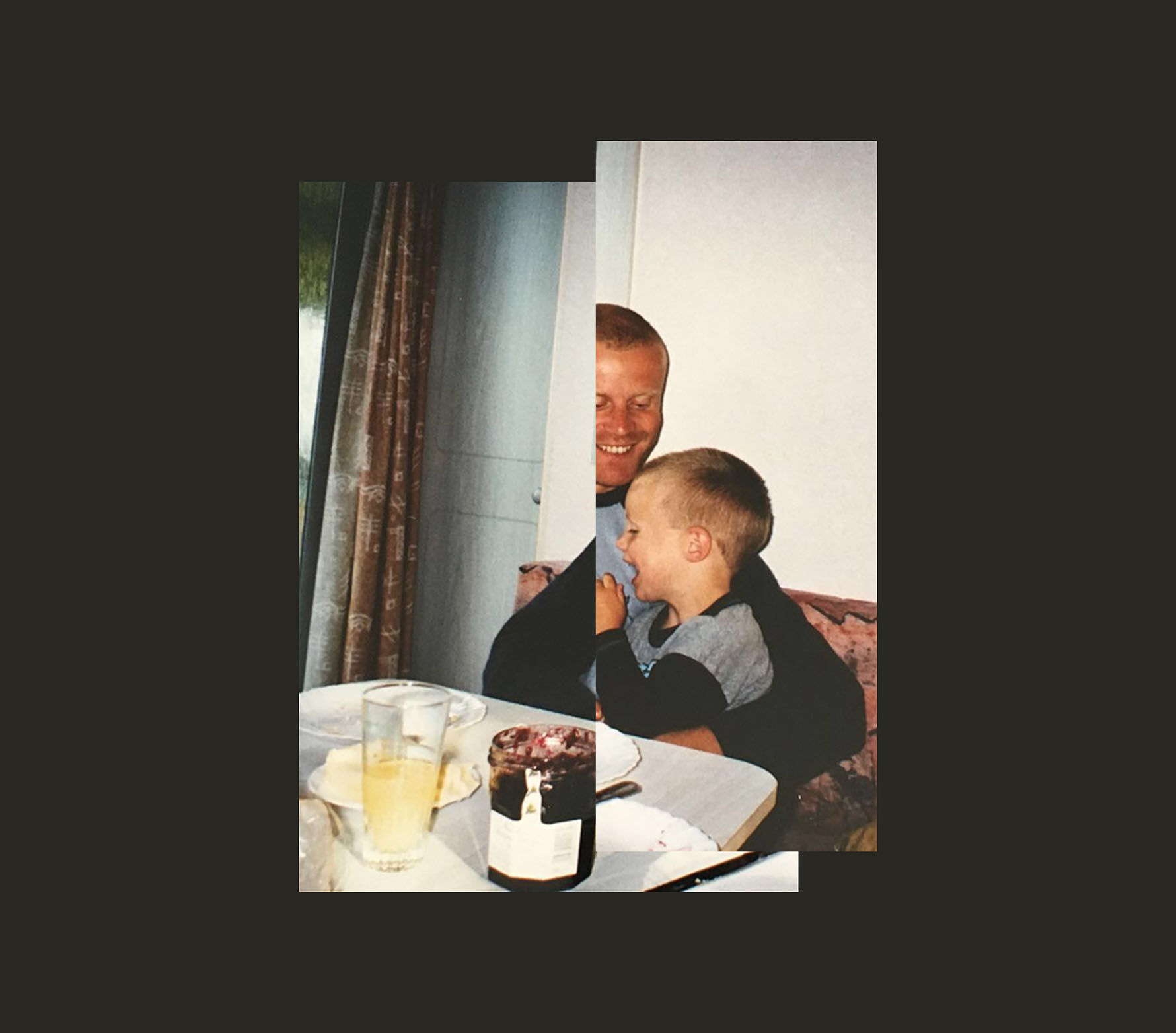 For this edit, I simply cut the photo in half in using the ‘rectangular marquee’ tool to select what area of the image I wanted to adjust. I selected the area then copied it, deleted the original and pasted the area I copied so that I could move it about as I wished.
For this edit, I simply cut the photo in half in using the ‘rectangular marquee’ tool to select what area of the image I wanted to adjust. I selected the area then copied it, deleted the original and pasted the area I copied so that I could move it about as I wished.
I chose to move the copied area of myself and my dads head closer into the original image so that it overlapped. I wanted to do this so that the arms of my dad which are wrapped around me as I laugh in his grasp were closer together so that it portrayed the idea that he was holding me very tightly – crating a stronger bond and a cohesion between us two. Although, this was occurring in the original, I wanted to emphasise this further, therefore moved the copied area so that I was closer into my dads abdominal and so there wasn’t as much of assistance between us as before. I also moved the image up a little bit once repositioned so that the table edges were in line with one another. And as you can see, here, I have again opted for the concept of love and creating strong bonds.
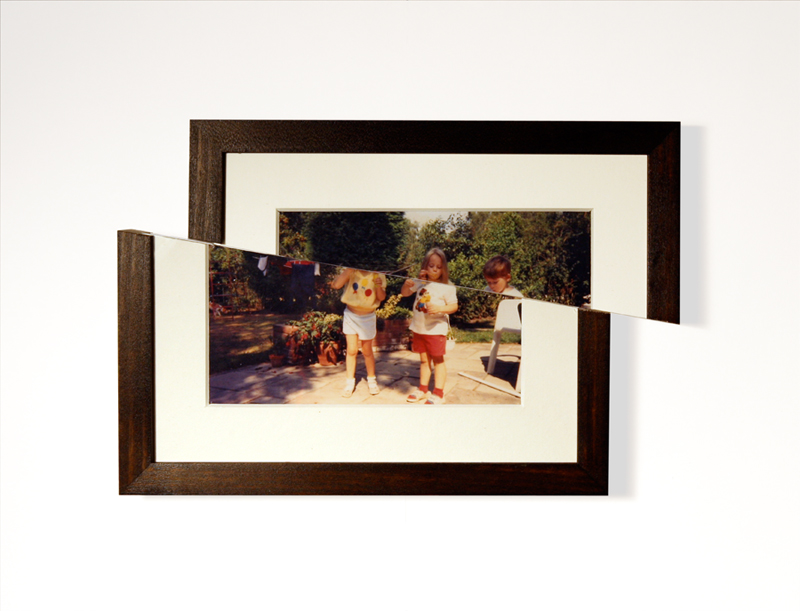
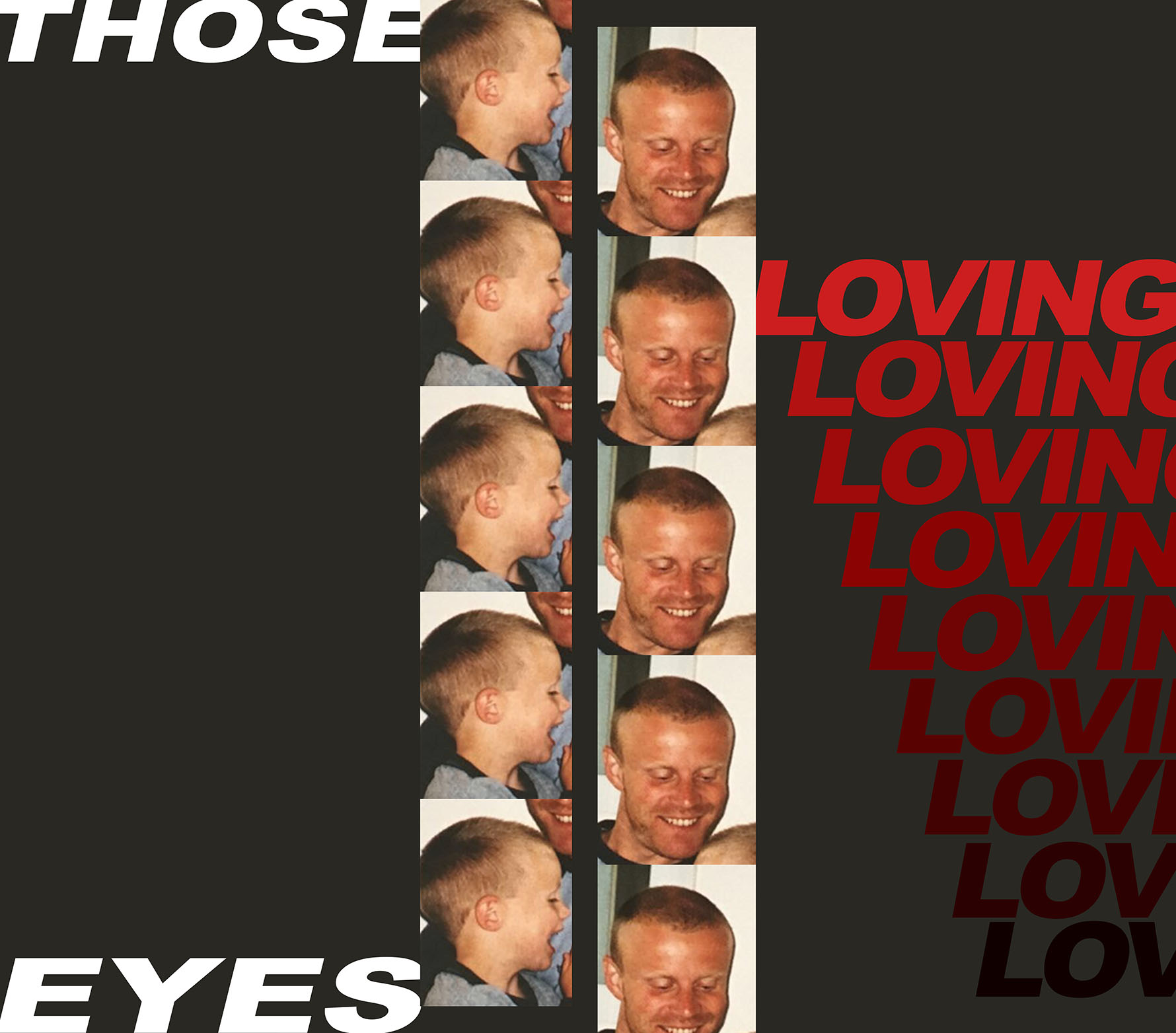
This is my final edit that I produced and is one of my favourites because of the addition of text. I have again focused on what the eyes of each of us – myself and my dad can say and what they tell the audience. I cropped out the head of myself and replicated this four times and did the same with my dad also. This forces the viewers to look at the face’s of us only and derive some menaings and thoughts just by what we look like and what the orginal image may have looked like if they hadn’t seen it.
I wanted to confuse the audience again so flipped my head once cropped to face the other way to the original and I also moved my dad’s presence to the right of me instead of to the left – which is what the original was. However, to provide a clue that I have cropped the image, in the photos of my head, you can see the mouth and chin of my dad in the upper right corner – hinting that that he was originally looking down on me, however, now looking down at nothing. The emotions are still the same and it can be viewed that we are both smiling at nothing – perhaps there wasn’t actually anything funny in the original image and I am therefore making a new narrative for myself to interpret because I was so young at the time, I cannot remember the time the image was taken.
Adding to the idea of nostalgia and creating new stories and memories – I have arranged both sets of images in the style of a series of images from a photo booth. I really like this effect because each image is the same and it hasn’t changed as the series progresses which is usually what happens when having a mini shoot in a phtobooth. I wanted to show the idea of repetition in our lives – maybe going to the same holiday destination every time because it was what I liked and what my parents knew was safe (in the image we were in France).
As well, I have added in some type this time because I felt ike it would add an extra layer of narrative and give the overall work some more character. I chose to use the words ‘those loving eyes’ as I wished to narrow down the image to the focus of eyes and how they pay an important part in this image to tell a story and show emotion. I decided to replicate the word ‘loving’ several times as it works its way down the page fading gradually to black – showing that love is so easily lost at times in terms of romantic reltionships and I wanted to show that love is such a delicate thing.
Here are my manually made edits:






Jonny’s feedback : try manual layering of images, then displace and compare to digital effects. Disconcerting and disorientating…being spied on or exposed.